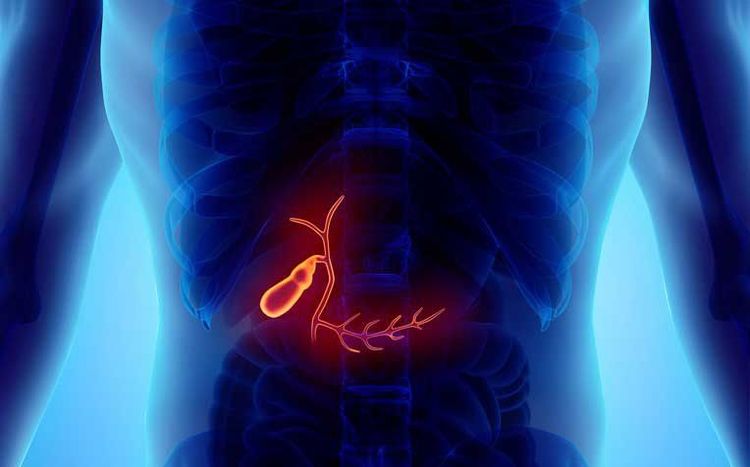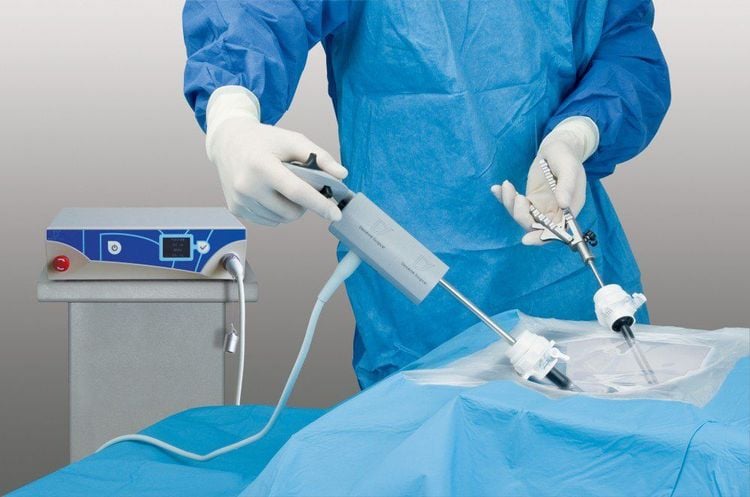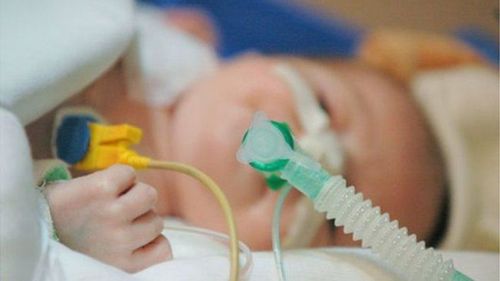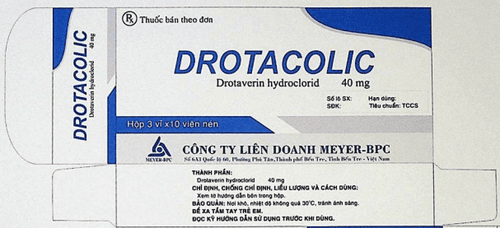This is an automatically translated article.
The article is professionally consulted by Dr. Do Minh Hung - Head of General Surgery Department, Vinmec Central Park International General Hospital.If you have symptoms of serious gallbladder problems, your doctor may recommend surgery to remove your gallbladder. This is an organ without it, you can still live a normal life. About the surgical method is done by open surgery through a large incision or by laparoscopic surgery. In particular, laparoscopic surgery includes traditional laparoscopy and Robotic surgery - this is a surgical technique where doctors only operate through a few small holes in the abdominal wall.
1. Gallbladder disease requiring surgery?
Cholecystectomy is often performed to treat gallstones and the complications they cause. Your doctor may recommend a cholecystectomy if you have:
Gallstones Cholelithiasis Cholecystitis Cholecystitis Large gallbladder polyps Gallstone pancreatitis
2. Complications of some gallbladder diseases if not treated promptly
Gallstones
Gallstone cholecystitis leads to pain and high fever. Common bile duct obstruction. Gallstones can block the ducts that carry bile from the gallbladder or liver to the small intestine, leading to severe pain, jaundice, and infection of the bile ducts. Obstruction of the pancreatic duct. The pancreatic duct is a tube that runs from the pancreas and connects to the common bile duct just before the duodenum. Gallstones can cause a blockage in the pancreatic duct leading to pancreatitis. Pancreatitis causes severe, constant abdominal pain and often requires hospitalization for emergency care. After stable treatment of pancreatitis, cholecystectomy should be performed as soon as possible to avoid recurrence of complications. Gallbladder cancer. People with a history of gallstones have an increased risk of gallbladder cancer. But gallbladder cancer is rare, so even though the risk is high, the chances of getting gallbladder cancer are still very small.

Polyp túi mật và sỏi túi mật gây biến chứng nguy hiểm cho người bệnh nếu không điều trị kịp thời
Gallbladder polyps
The size of a gallbladder polyp can help predict whether it is cancerous or noncancerous. Small gallbladder polyps less than 10mm in size are less likely to be cancerous and often need follow-up ultrasound.
Gallbladder polyps larger than 10mm in diameter are likely to become cancerous or turn cancerous over time, and those larger than 18mm have a significantly higher risk of developing cancer. Only about 5% of gallbladder polyps are cancerous. Treatment of large gallbladder polyps includes surgical removal of the gallbladder.
3. Surgical methods to treat gallbladder disease
Cholecystectomy can be done with open surgery through an open incision or minimally invasive surgery.
Open surgery
With open surgery, the surgeon makes a long incision to reach your gallbladder. The incision should be large enough for the surgeon to fit in your hand and the surgical instruments to be inserted inside your body. The open incision allows doctors to see and touch organs directly during surgery.
Minimally Invasive Surgery
The goal of minimally invasive surgery is to reduce pain, shorten hospital stay and recovery time.
Classic laparoscopic surgery
With laparoscopic surgery, the surgeon will operate through several small incisions on the abdomen, through these small incisions, the doctor will insert surgical instruments into the abdomen. . One of those devices is a thin endoscope with a light device and a camera at the end that helps the doctor see the inside of the abdomen through video recorded by the camera and projected on a screen next to the doctor.
Single-incision laparoscopic surgery (SILS)
With this surgery, the doctor will make a small incision in the navel. Similar to conventional laparoscopic surgery, a small video recorder at the top of the surgical device records and sends intra-abdominal images to a projection screen to guide the surgeon to remove the gallbladder.

Phẫu thuật ít xâm lấn bằng robot cầm tay chỉ thực hiện một vài vết mổ nhỏ - tương tự như nội soi ổ bụng kinh điển
Robotic system
Using a da Vinci® robotic system or a hand-held robot, the surgeon makes only a few small incisions - similar to a classic laparoscopy. Robotic surgery brings many advantages to surgeons and patients from simple to complex cases. Surgeons take full control of the robotic system, converting the doctor's hand movements into smaller, more precise movements within the patient's body.
4.Role of robotic systems in surgery
Robotic laparoscopic surgery allows doctors to apply technological features in surgery such as:
High-resolution 3D camera system with large magnification allowing doctors to see the entire gallbladder and the area around. Accurate dissection, cutting and suturing Robotic surgery is a surgical technique belonging to the group of minimally invasive surgery with a typical robot model, the da Vinci robot system, which brings many advantages to patients. In our country, the da Vinci robot system is being invested in a number of hospitals because the investment in this system is very expensive, including in terms of equipment, training of human resources to operate the machine, surgeons, surgeons, etc. maintenance, tools, maintenance...













